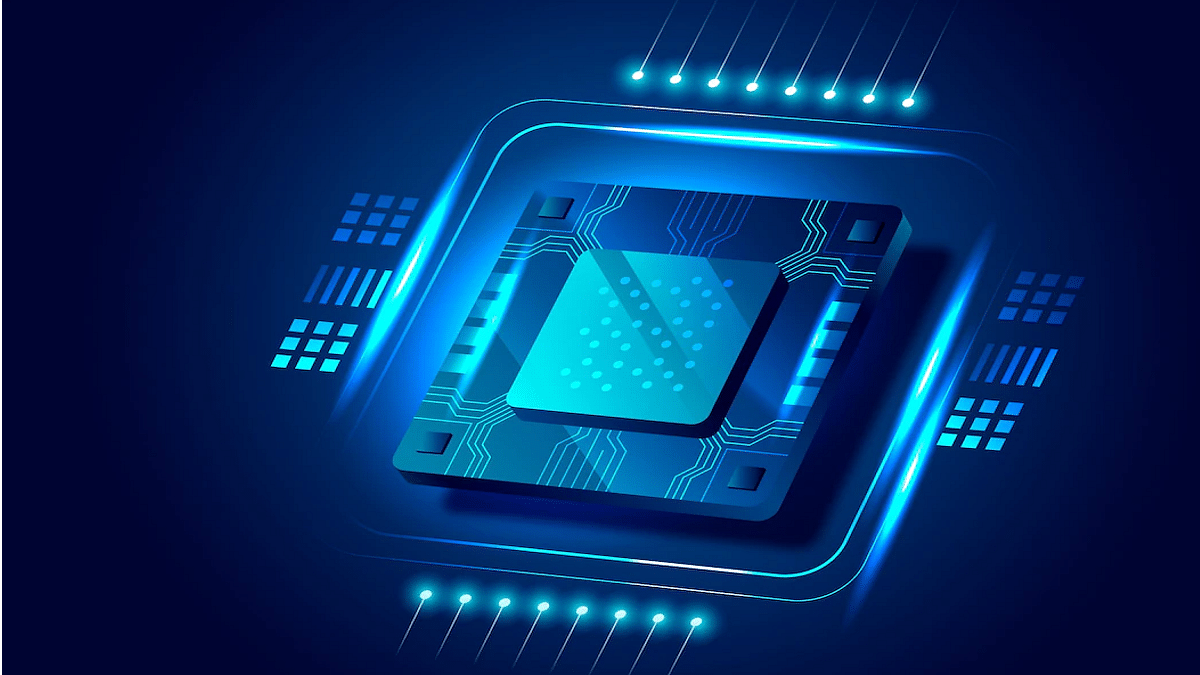Apple has just refreshed its much anticipated iPhone lineup with the iPhone 14 series. This time, the tech behemoth has unveiled four models in the new smartphone series including the iPhone 14, iPhone 14 Plus, iPhone Pro, and the iPhone Pro Max. The new-age iPhones have been introduced with advanced hardware technologies, improved cameras, and the latest custom Bionic processors.
The Apple iPhone 14 and the iPhone 14 Plus have been announced with the A15 Bionic processor. However, for the top-end models, i.e., the iPhone 14 Pro and the iPhone 14 Pro Max, Apple has opted the upgraded A16 Bionic Hexa-core chipset. Apple’s custom mobile processors are all powerful and can offer a lag-free user experience in all scenarios.
But if you are considering buying any of the new-generation Apple iPhone 14 models and are confused about which model you should consider based on the chipset, then you should know the CPU and GPU differences between both of them. This is a quick comparison between the Apple A15 Bionic and the A16 Bionic processor.
Apple A15 Bionic Vs Apple A16 Bionic Chipset: CPU Architecture
The Apple A16 Bionic chipset which is driving the latest iPhone 14 Pro and the iPhone 14 Pro Max models is a Hexa-core chipset that is based on a 4nm fabrication process. The A16 Bionic processor has two Avalanche cores clocked at 3.24GHz and four Blizzard cores clocking at 1.8GHz. This chipset has a frequency range of 3200MHz.
The Apple A16 Bionic chipset is built on ARMv8.5-A instruction set which 3240MHz frequency range. This chipset is also Hexa-cores similar to the A16 Bionic and has two Avalanche cores with 3.24GHz clock speed and six Blizzard cores with 1.82GHz clock speed. This processor is built on a 5nm fabrication process unlike the 4nm process of the A16 Bionic. CPU performance is good with both these chipsets, but the new architecture makes the A16 Bionic slightly better compared to the A15 Bionic.
Apple A16 Bionic Vs Apple A15 Bionic: GPU Comparison
As for the graphics, the Apple A16 Bionic and the Apple A15 Bionic processors ship with an integrated Apple GPU. The former has six execution units, while the latter features five macro units with 1200MHz GPU frequency. The GPU on both these Apple processors is powerful to render extensive graphics smoothly.
Apple A16 Bionic Vs Apple A15 Bionic: Memory, Multimedia (ISP)
The Apple A16 Bionic chipset comes with LPDDR5 RAM support and has a maximum memory capacity of up to 8GB. The Apple A15 Bionic features LPDDR4X RAM compatibility with 4266MHz memory frequency. The maximum memory support on this chipset is 8GB which is the same as the A16 Bionic processor. Both processors are compatible with NVMe storage
In the multimedia department, the Apple A16 Bionic processor has a max display resolution of 1290 x 2796 pixels. It supports 4K@60fps video recording and has H.264, H.265, VP8, VP9, and Motion JPEG video codec support. The A16 Bionic is compatible with AAC, AIFF, CAF, MP3, WAV, AC-3, E-AC-3, AAX, and AAX+.
On the other hand, the Apple A15 Bionic offers 2048 x 2732 pixels max display resolution compatibility and 4K@60fps video recording/ playback support. The video codecs offered by this chipset are H.264, H.265, VP8, VP9, and Motion JPEG.

